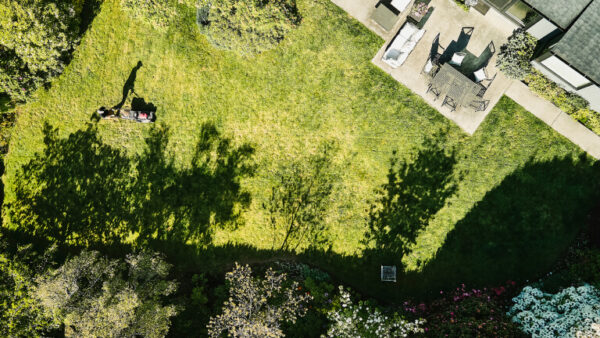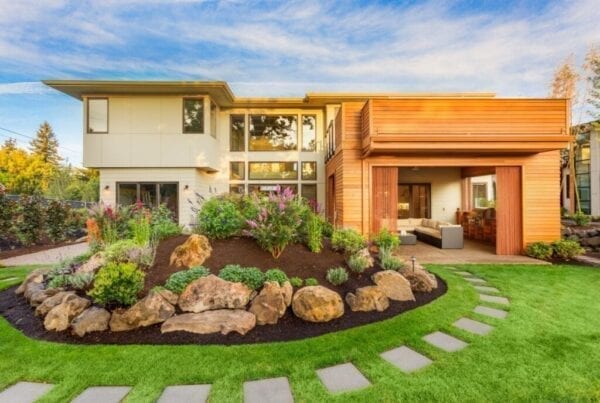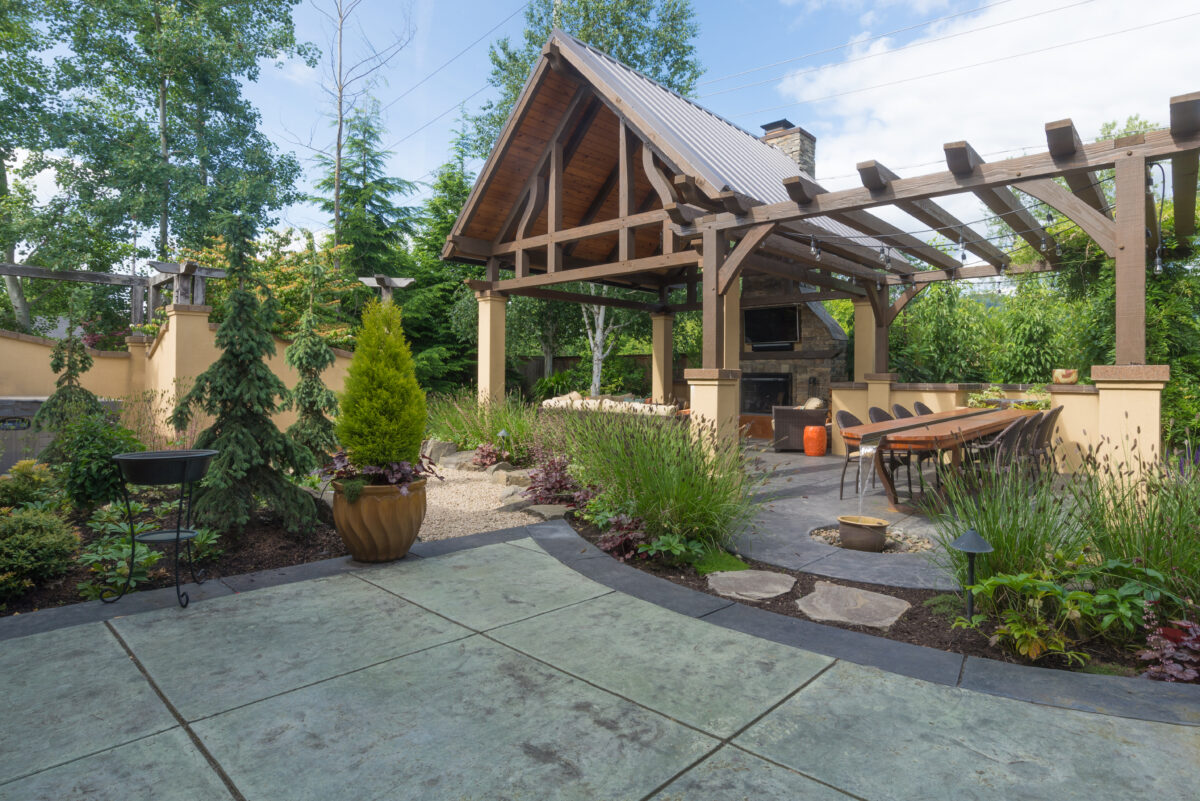What to Do With All of Your Fall Leaves
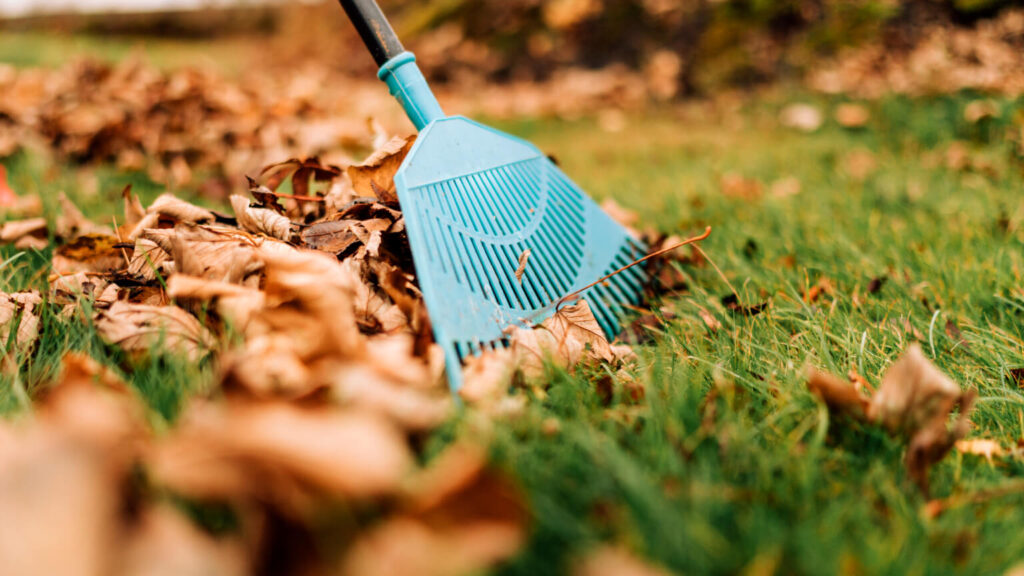
One of the most beautiful scenes every autumn is watching the leaves change colors into vibrant shades of red, yellow, and orange. But by the end of the season, leaf watching sadly turns into leaf cleanup, and we’re left with the dilemma of how to clean up all the leaves. Like many people with a lot of trees on their property, you may be wondering what the best way to get rid of leaves is. The good news is you have options. We’ll show you the four best ways to clean up leaves.
Four best ways to clean up leaves
1. Use the leaf blower
The most efficient way to get rid of your leaves is to use a leaf blower. If you live next to a wilderness area or in a rural setting, you may want to blow your leaves into these spaces. For those living in a suburban area, you can blow your leaves into piles along the curbside of your property for leaf collection. Check with the town or city you live in to see when your curbside leaf collection begins.
You can also use your leaf blower to move your leaves into piles, making it easier to remove them using the methods we’ll talk about below. A leaf blower makes much quicker work of your lawn, but might disturb the neighbors a bit more.
2. Bag your leaves
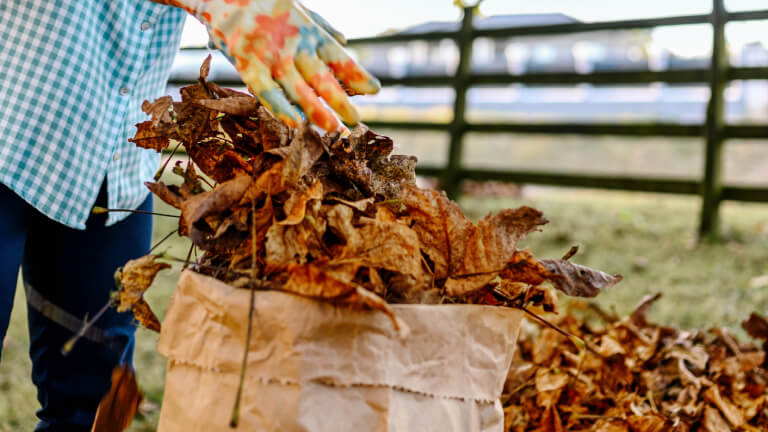
If you prefer a more eco-friendly leaf solution, a simple solution is to bag them. 30-gallon paper lawn and leaf bags are a great choice for your leaf bags. You can also use biodegradable bags as well.
Many communities will pick up your bagged leaves as part of their trash removal service. You can check on your city or town’s website or give them a call to see if this is a service they offer. Waste disposal companies may also be an option for picking up your leaves. Additionally, junk removal companies, like 1-800-Got-Junk? will haul away your leaves.
You could also post on online neighborhood message boards to see if any of your neighbors are interested in your bagged leaves for compost.
3. Use your leaves to make mulch and mold
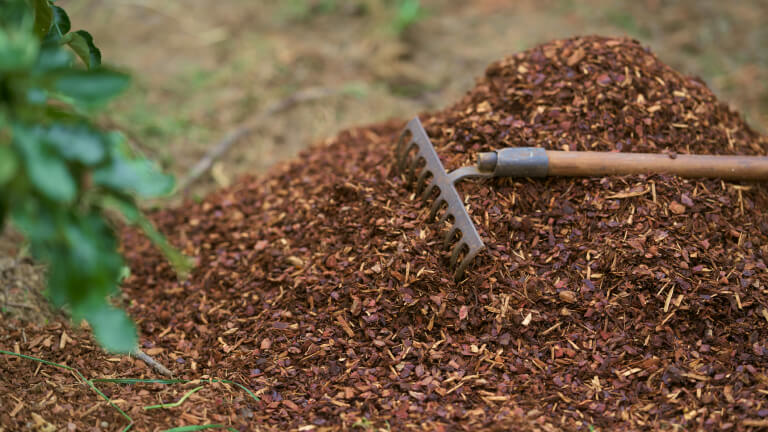
Instead of disposing of them, there are some practical uses for your leaves. You can save a lot of money on store-bought mulch by mulching your leaves.
Making leaf mulch is simple:
- Blow or rake your leaves into piles.
- Run your lawn mower over them to chop the leaves into smaller pieces.
- Spread your leaf mulch in your gardens as you would other types of mulch.
Another process that takes advantage of leaves on the ground is leaf mold. You’ll be able to use all of the organic nutrients in leaves to enrich your gardens. While creating leaf mold is not difficult, it takes a long time before it is ready to be used.
Making leaf mold is easy:
- Blow or rake your leaves into a wood or wire bin, or a large plastic lawn and leaf bag.
- Once your bag is full, turn on the hose to dampen the entire pile. If you’re using a bag, you’ll want to cut some air holes into the bag.
- Let the leaves sit for 6 to 12 months, checking monthly to add a little water as needed to keep the leaves moist.
If you need the process to be completed more quickly, you can chop the leaves into smaller pieces with your lawn mower. Leaf mold is especially helpful for perennial plants and vegetable gardens.
4. Compost your leaves
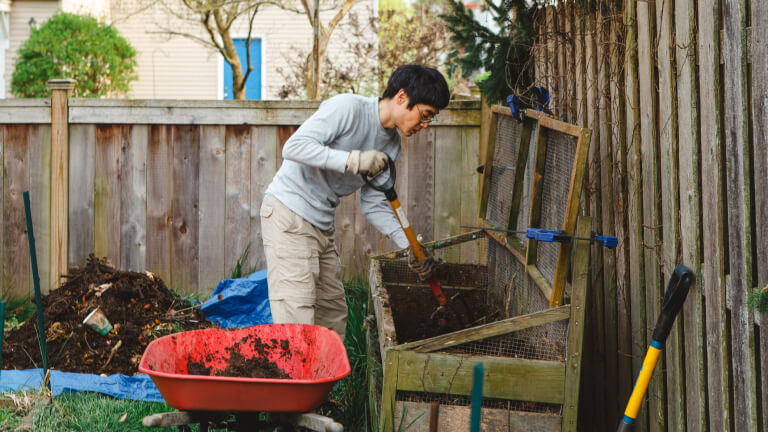
Another natural way to use your leaves is to compost them. With this, your leaves and other organic products can be turned into natural fertilizer over time. As with leaf mold, the process of composting leaves can take a while. But be aware that compost piles can draw critters.
Additionally, if you live in an area with an HOA, you should make sure having a compost pile does not go against any regulations. The best leaves for composting come from maple, birch, ash, beech, and cherry trees, along with fruit and nut trees. Avoid using tough and waxy leaves.
How to create a compost pile:
- Gather your leaves and grab a simple wire bin or a sturdier wooden bin.
- Once you’ve gathered your leaves, run over them with your lawn mower to create smaller pieces.
- Spread your leaves in an even layer in your compost bin, then add a source of nitrogen, such as manure, vegetable scraps, coffee grounds, eggs shells, or grass clippings.
- Turn your leaf pile with your shovel once a week if possible to create a source of oxygen.
- You can use a compost starter or add a compost accelerator to speed up this process. The goal is to have a final product by early summer.
The bottom line
Getting rid of your fall leaves is just one of the many fall maintenance tasks of the season. When deciding what to do with leaves, you can call a waste or junk removal company, or you can find other uses for your leaves like mulch, leaf mold, or compost.
Frequently asked questions
Are there fall leaf cleanup services?
Yes, you can hire a landscaping company to handle the entire process of gathering and removing the leaves. Or you can gather and bag your leaves yourself and then turn to your city or town waste disposal company, or a junk removal company to haul away your leaves.
How long does it take for leaves to compost?
If you start your compost pile in October or November when the leaves fall and tend to it throughout the year, your compost could be ready to be used in your gardens by early summer.
Is leaf compost good for gardens?
Leaf compost is an excellent source of natural, organic nutrition for your garden. It can replace the fertilizers you may buy in stores or online.
